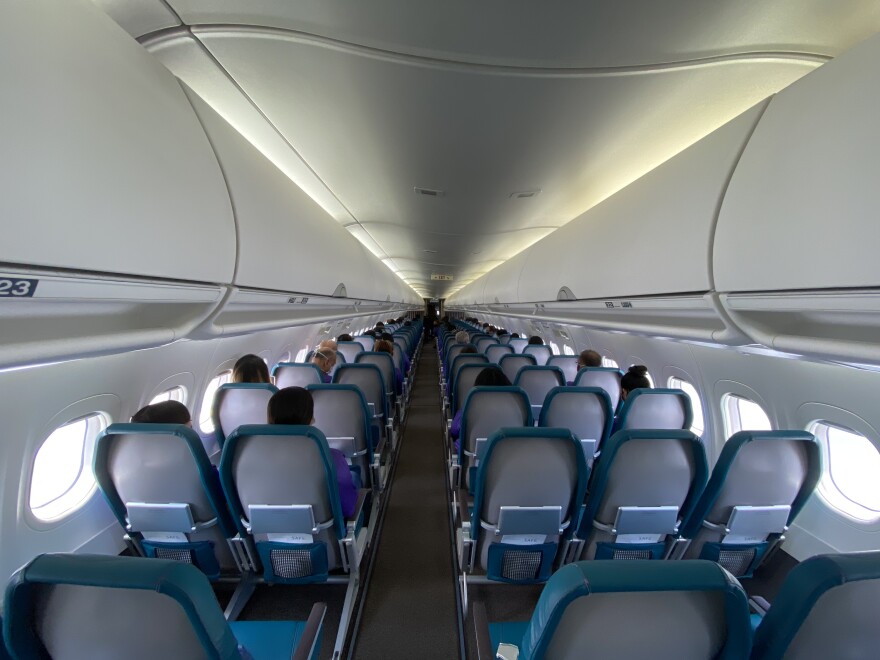Maui and Kauai haven’t decided whether they will follow the lead of the Big Island and opt out of the state’s pre-travel testing program, leaving the 14-day quarantine in place.
But time’s running out. Starting next week Thursday, Mainland visitors who get a negative COVID-19 test 72 hours before their Hawaii flight can skip the travel quarantine.
Big Island Mayor Harry Kim has rejected the program, saying a single test is not safe enough.
"This is not an easy decision. We all have a common denominator -- that we all know the importance of opening up the economy and this is obviously directly tied into that," he told HPR Tuesday.
"So that being said, I told the governor that a one-test system is just an inadequate element in ensuring our main job of protecting the citizens of our county. And again I repeat this: it is the one-test factor that is a disagreement, not opening up. It's just how you're going to do it."
Both Kaua’i Mayor Derek Kawakami and Maui Mayor Michael Victoriono asked for two tests for travelers, the second after they arrive. But Gov. David Ige denied their requests.
Kawakami said in a statement that the plan was rejected because Ige wanted consistency across the state.
But since Ige allowed the Big Island to opt out of the pre-testing program, there’s no single policy anyway.
Lt. Gov. Josh Green has committed to more testing to support the pre-test program, Kawakami said. That could involve a surveillance program where 10 percent of travelers are tested randomly each day.
But Kawakami said in statement he’s holding off on making any opt-out decision until a concrete plan is presented to him.
Oahu plans to participate in the pre-test program, although Mayor Kirk Caldwell says he would prefer a second test, too, if the state had the testing capacity. At the moment, it does not.
During a webinar on reopening the tourism industry Tuesday, Green again defended the state’s pre-flight testing program that he’s leading -- this time in light of questions from fellow doctors.
Some have challenged his estimates of expected positive cases when the state again welcomes visitors.
"It’s just important to look at what the actual numbers are," Green said. "So that when we have six or seven thousand individuals coming, we don’t have that many individuals that could be – say 12 to 14 people – that are positive.
"And again, if they’ve, quote, slipped through the cracks, we’re here waiting with checking their temperature, checking their history, awaiting actual symptoms. And then we will hopefully provide them quality health care with our tests again."
Green says the state’s plan adds another layer of protection for travelers and residents.
The state currently thermal-screens visitors and returning residents for elevated temperatures at island airports and requires they provide health and travel information through the Safe Travels program.





